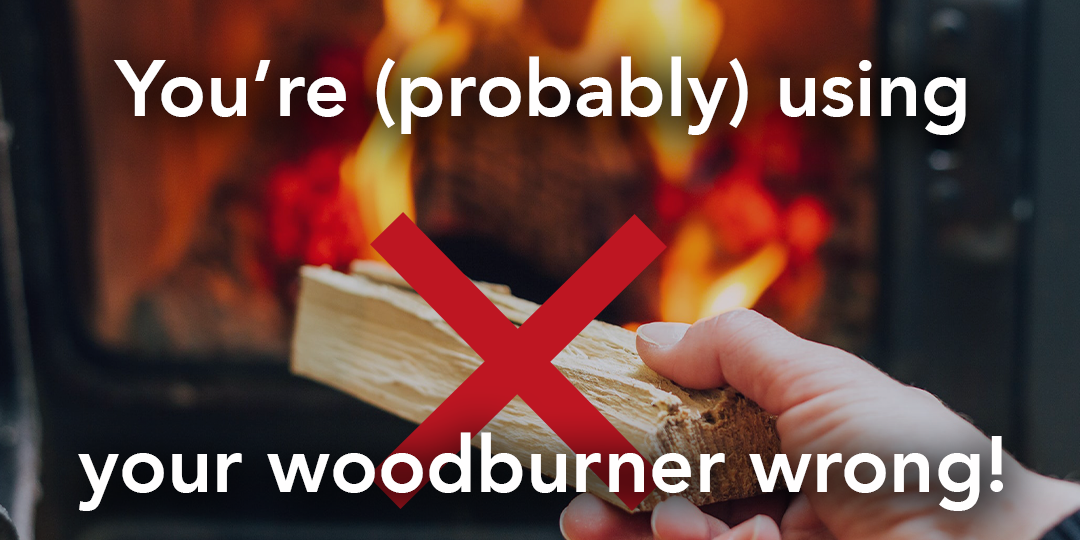In previous blog posts, we spoke about the different pellet certifications and which pellets you should buy. Now that you’ve found your preferred Pellets, it’s time to store them, but what is the best way to do this?
As you would expect, there is not too much to discuss on this topic. Of the handful of things to mention however, a couple of them are rather important for reasons you will see.
Firstly, let’s look at how and where to store the sacks of pellets you’ve bought. As you may be aware, wood pellets turn to sawdust pretty instantly when they come into contact with moisture. This is due to them absorbing any water and returning to their original wood fiber state. Thankfully, the pellets we buy come in sealed 15kg bags, making it easy to keep the moisture out. It is for this reason we recommend you store the pellets in the sacs that they come in, rather than opening them to store in a big hopper. Having said this, if you have a container that can keep them both clean and dry, do feel free to empty your sacs into your storage bin.
Inspect your pellet sacs for any holes and fix accordingly (Duct tape will do). Best practices include storing your pellet sacs off the floor and stacking them off centre, like brick work to encourage air flow around the bags.

From the moment the pellet sac is sealed, the pellets will be de-gassing. This has the minor advantage of preventing moisture entering your pellet sacs through any micro abrasions you may not be able to see in the bag, keeping them dry. Even though the gases being released from your pellets will be in tiny concentrations, it is best practice and therefore we recommend that your store your pellets in a well-ventilated area, preferably one not attached to your main residence.
On industrial scales of pellet storage (150+ tonnes of pellets stored in one place) accidents have occurred in relation to carbon monoxide being given off from pellets as they degas. Although at domestic scales of pellet storage, this is extremely unlikely, we would still recommend you install a CO alarm at the location of your pellet storage, just to be absolutely sure.
So, we now know to store our pellets in a dry and well-ventilated area, but what about when it’s time to load our hopper? Can we just take a sac and pour it straight in? Well, yes, you can, but we wouldn’t recommend it.
Once pellets have been packed into their sacs, they will be transported to the shop you bought them from and then again, to your house. Unsurprisingly, throughout this journey, the pellets will be constantly rubbing against each other. This friction causes little pieces of pellets to grind off away from the pellet itself which results in every bag containing fines and dusts are the bottom of the sac. Similar to how we leave the bottom of our mugs of coffee or cups to tea without drinking the slurry at the bottom, these fines should not be transferred to the hooper of our burners. These fines and dusts, once in the hopper have the potential to enter all the nooks and crannies of all the mechanisms in your stove which can cause them to clog up and stop running effectively which can lead to either a drop of efficiency for your stove or a costly maintenance bill if things seize up completely.

In reality, you will likely be absolutely fine if you choose to simply pour your pellets in straight from the bag but as we as are discussing the best practices for your pellets, this is what we recommend you do; Simply pour your pellets first into a storage container, preferably one with a grill/mesh to sift our all the fines from the bag and then scoop your pellets into the hopper. I personally do this myself for my own pellet burner and you wouldn’t believe just how many fines I remove from the bottom of my pellet storage bin at the end of the burning season; Fines that would be in the internals of my stove if I hadn’t sifted them out first. If you are looking for a pellet storage bin with a fines sifter, we would recommend one of the options from GranuleBox who manufacture multiple designs and colours to choose from: Pellet storage bin with sifter (+ Scoop).
Looking after your fuel is vital for both the longevity of your stove and it’s efficiency. If you take good care of your pellets, theoretically, they should have an infinite shelf life.





